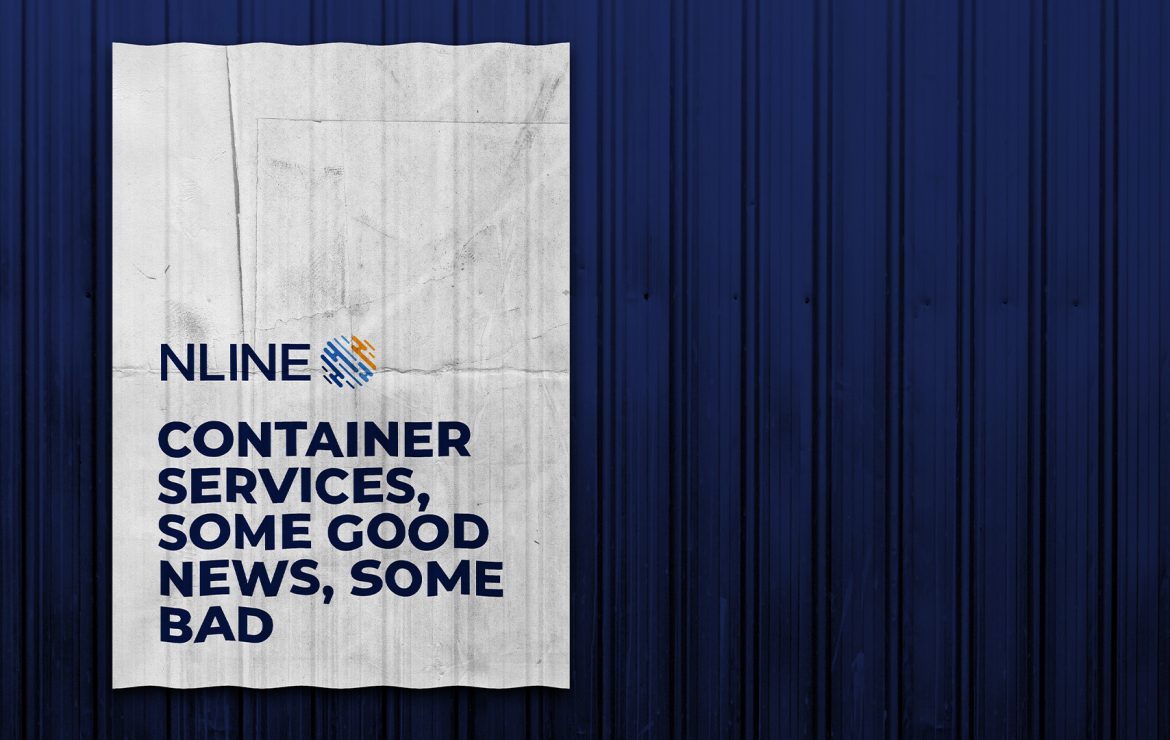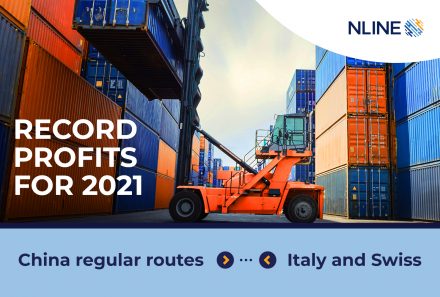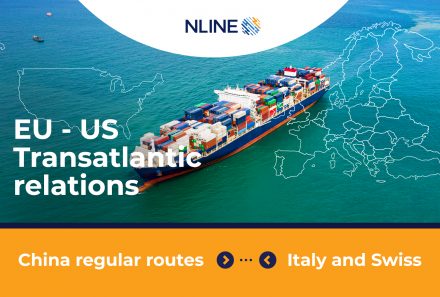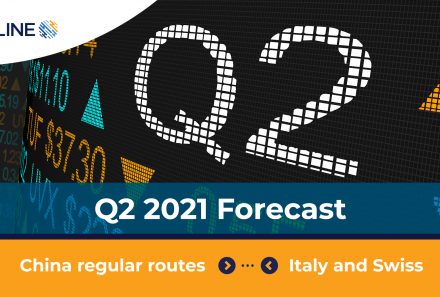
Container services, some good news, some bad
Many services have been affected by the coronavirus pandemic with hire falling by as much as 50%. However, it appears that carriers are starting to slowly resume some services. According to a spokesman for Alphaliner, an open 8500 teu vessel is getting a daily higher rate of $13,000 compared with $18,000 in May and there are examples of some operators agreeing to $10,000. However, owners are only accepting short-term deals to cover their immediate operating costs and are reluctant to extend these terms as there are definite signs of increasing demand.
Some of the big operators by having to decide whether to accept the low rates but with the prospect of definite revenue as long as it takes before the market increases. The repercussions of the pandemic also impact severely on ports and terminals.
Pain for box terminals
Following the massive impact of the coronavirus lockdown in most Western countries, only essential capital spending will be considered by container terminal operators which have seen volumes and share prices slashed this year resulting in a hit to balance sheets. Independent maritime consultants -Drewry’s senior analyst for ports and terminals, Eleanor Hadland commented that the first quarter saw world port handling drop around 4% year-on-year but the real pain will be seen in the second quarter figures. Drewry estimates that the global port volumes will fall 9% for the rest of the year and the 2021 forecast between 13% and 6% fall. (the loadstar)
Container lines are taking drastic measures to mitigate the impact with blank sailings and service suspensions, reducing capacity to maintain rates. The port sector is unable to address the volume and revenue shock and therefore will see a stronger focus on costs. Terminal operators cannot easily change pricing as shipping lines have annual contracts which they are very unlikely to negotiate upwards in a recession, so they are seeing in major revenue hit.
This trend could impact on supply chains as ship sizes have increased and ultra large container vessels are being deployed on the main deep sea trades. Also due to the uncertainty about disputes between China and the USA, shippers are actively seeking alternative ports in south-east Asia and container terminals may need to invest in order to meet this future demand.






